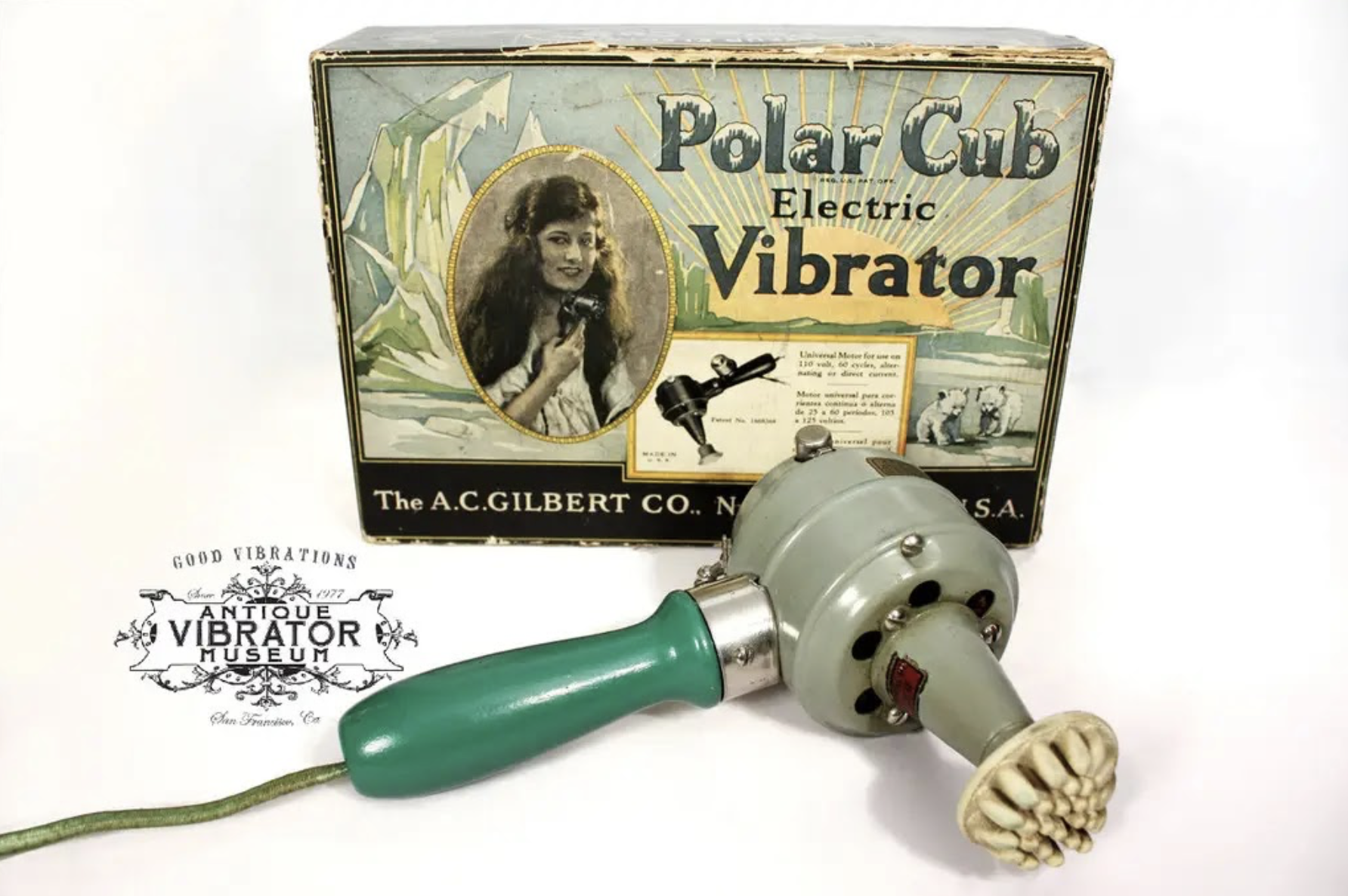From doctor’s offices to an app on your phone

Photo via antiquevibratormuseum.com
You might have heard of the myth that vibrators were invented by doctors treating female hysteria. You may have even seen it play out on the big screen in the 2011 movie Hysteria, starring Maggie Gyllenhaal.
Well, it turns out that this commonly-held perception about how these toys came to be is simply not true. The rumour originated from a book published by Rachel Maines in 1998, where she posited a theory that was taken as truth.
According to sex historian Hallie Lieberman, the reality is much simpler. After turn-of-the-century medical vibration tools were invented and distributed en masse — meant to cure various ailments, not associated with sexual gratification — women took these tools into their own hands, and used them to masturbate.
So, how have vibrators evolved over the years? The Martlet took to investigating the evolution of these coveted devices.
Bees in a gourd – 100s BCE
There’s a popular myth that Cleopatra invented the first “vibrator” by placing a swarm of bees in a gourd, using their buzzing to stimulate herself. This story was popularized in the 1990s, but is not proven by any real historical evidence. Some people point to the creation of this myth as a contribution to the societal hyper-sexualization of Cleopatra.
Medical devices – 1890s
It’s true that Dr. Joseph Mortimer Granville invented a vibrating medical device to treat his patients. He did not encourage its use on female genitals, however, and marketed it as a cure-all for medical issues, like muscle aches and pain. His invention did lead to the sales of these tools in a direct-to-consumer market, though, so he can still be credited as the inventor of the tool, albeit for a completely different intended purpose.
Barber vibrators – 1950s
The “Handy Hannah Vitalator” and other barber vibrators were intended for use as scalp massagers, but also quickly changed purposes upon being sold en masse. Famous sex educator Betty Dodson, responsible for guiding the sex-positive revolution of second-wave feminism, credits this tool as central to her personal sexual journey.
Magic Wand – 1968
Possibly the most famous and iconic vibrator — the Magic Wand — was invented by Hitachi in 1968. It was also marketed as a tool for relieving sore muscles, but people found relief through its powerful vibrations in other ways. Betty Dodson further popularized the tool through her masturbation workshops in the 1970s. The toy is still sold today, including smaller iterations which are much lighter, and less cumbersome than the original.
Rabbit – 1983
The rabbit-style shape of vibrator was invented in 1983 by sex toy company Vibratex. These were the first toys to feature both internal and external stimulation — and they were certainly a success. The iconic “Rabbit” debuted the next year, this time with stimulating pearls for added pleasure, and the famous bunny branding that we’re all familiar with.
Womanizer – 2014
This revolutionary sex toy was invented by a German man in 2014. It works through the use of suction — different from vibrations on the clitoris used by other toys. The air technology used for the tool is patented, and a plethora of similar devices have been created since.
Lioness – 2017
Science and masturbation met in 2017 to create the Lioness, a vibrator that puts sexually empowering data in the palm of your hand. These tools track orgasms through sensors, delivering information to its user about the length and strength of climax through an app. If users are interested, they can also share their data to participate in large-scale sex and health research.
Silent bullet – 2024
In the last year, popular companies like Bellesa and Womanizer have launched lineups of completely silent vibrators. These toys are designed to be used discreetly — meaning no one else needs to know what’s happening under your sheets.








